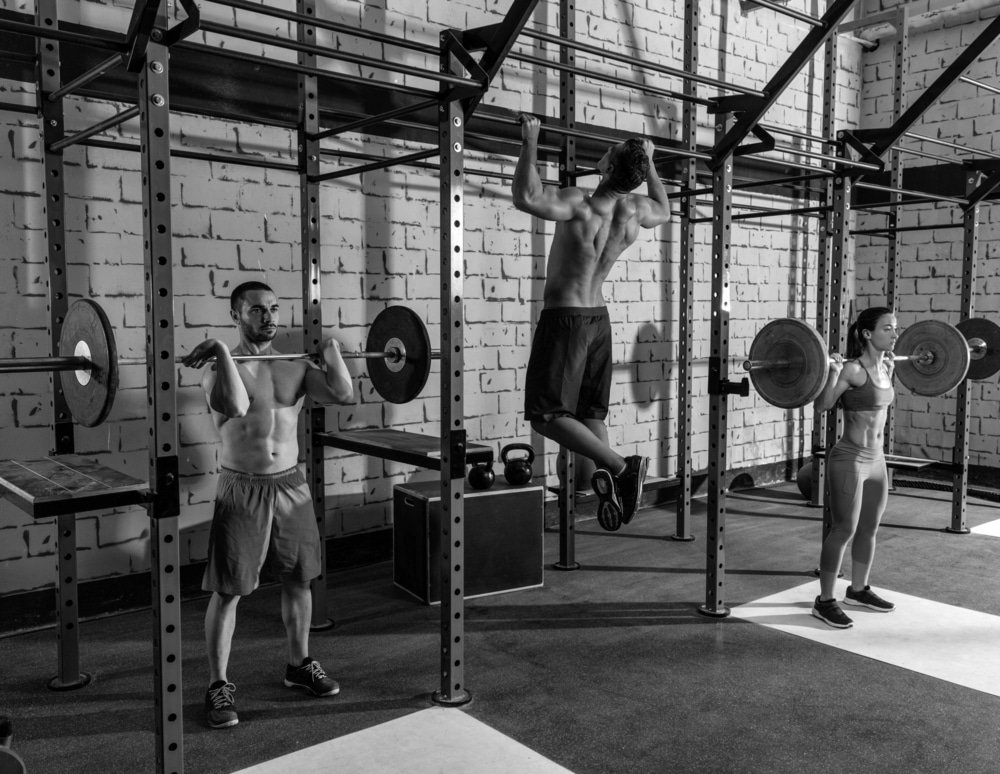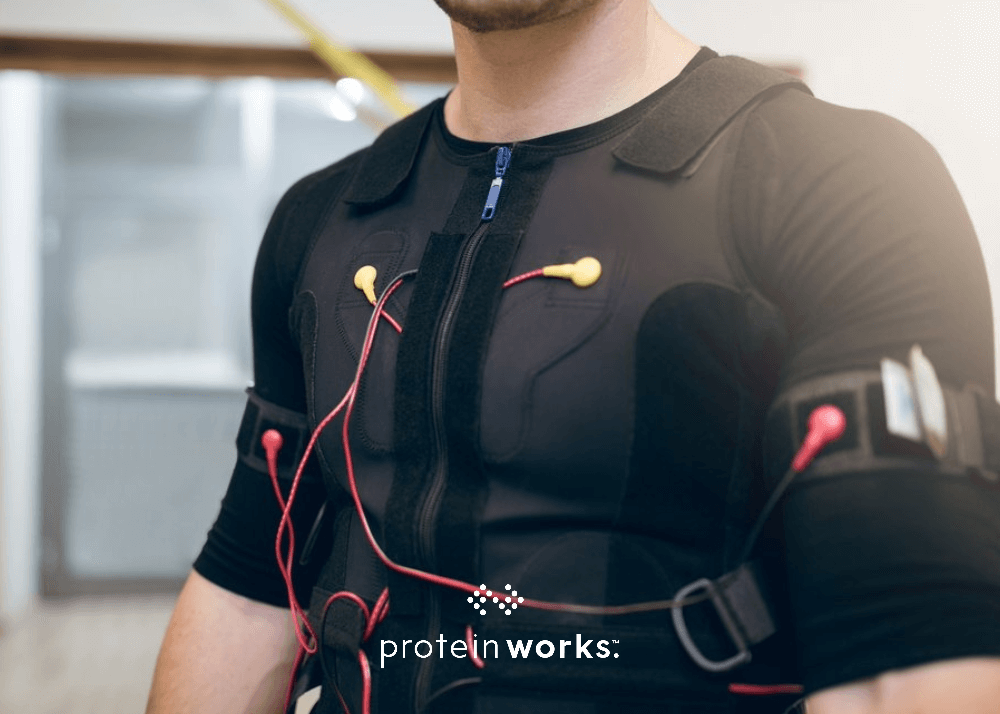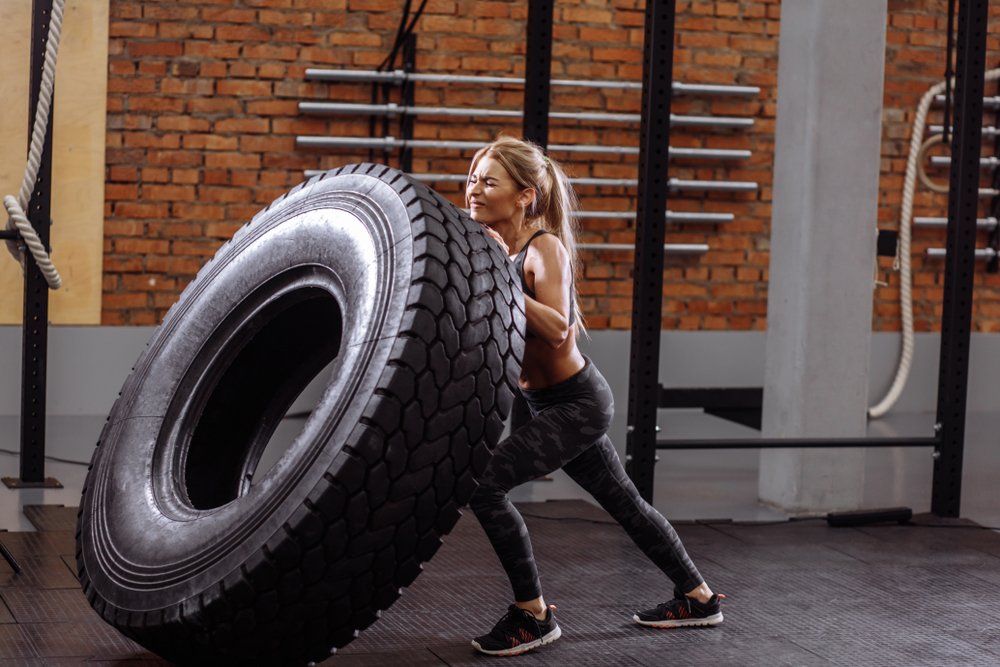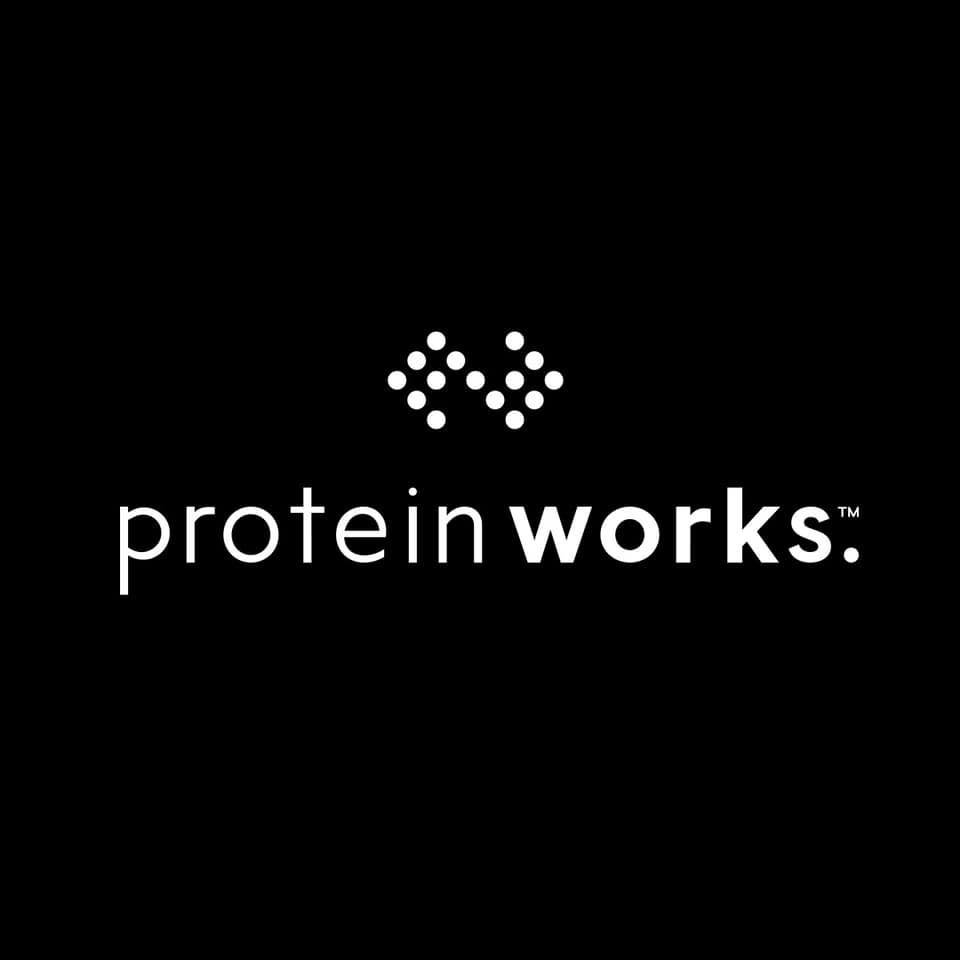
Whole Body Training
From beginners through to advanced trainers, everybody has exercises that they frequently use or constantly come back to because they know they work. The more adaptive to training exercises the body becomes, the less noticeable the results are. With a focus on training harder for the Summer, I’ve taken some traditional exercises that are tried and tested, then tweaked them. These variations incorporate more muscle groups and a higher intensity focus while still hitting the target muscles extremely hard.

Cut your weights back from what you’d do for these exercise’s traditional cousins and give them a go:
Overhead Press Squats (Dumbbell)
Just as it sounds, a combination of a squat and an overhead press but with a single dumbbell. This will challenge your balance as the weight will just be in one hand. Squat, then as you drive up perform an overhead press with the dumbbell. As you return down let the dumbbell reset to a position so your elbow is into your body, close to your thighs. You can do this with a wrist twist (starting with your knuckles facing away from you) or without. Mix up the variations but make sure to do an even number of sets with both arms. Check in the mirror you stay central with your squats even though your body will want to lean!
Single Leg Deadlifts
Its very important to get in front of a mirror for this as its easy to lose form with this one. Using a dumbbell set yourself up on one leg, with the dumbbell in the opposite hand. Keeping your back neutral and your knee slightly flexed, tip forwards into a deadlift – if you’r unsure on the deadlift movement – see our article How To Do A Deadlift. Your non-supporting leg should naturally move back to counter-balance the movement. At the bottom of the movement your spine and leg should be completely flat and parallel to the ground. From there, slowly return to your start position The key to this is a slow controlled movement and the challenge is to not twist your body at all through the exercise.
Uneven Bench Press
Set up a bench Press with an Olympic bar, medium-heavy weight and a normal grip, then move the bar off centre. Keep one arm out in a traditional wide bench press and the other arm in more towards your body. This will hit the muscle groups in a completely different way to normal and one side will fatigue far quicker than the other. Be sure to do an even amount of sets on both sides though.
Walking Pull Ups

Lateral Raises
Standing or seated, this is a twist on a traditional lat or side raise. Laterally raise the arm (with the elbow bent at 90 degrees) until its shoulder height in a traditional raise. Keep the elbow in the same spot (at a right angle) and rotate the arm back and up. Rotate it back to the horizontal (keeping the elbow at shoulder height) then reverse the movement back down to your start position, really focusing on controlling the rotation back down. These are amazing for strengthening the rotator cuff and the shoulder.
Reverse Grip Narrow Bench Press
Set up for a narrow grip tricep press, then reverse your grip to an underhand one (with your knuckles facing away from you). Aiming for somewhere between the bottom of the ribcage and your belly button slowly let the bar down to your torso. Make sure your elbows graze the ribs throughout the movement to ensure good form. The key to this movement is as you return to your start position, keep the bar above your lower torso and not your chest. If it creeps up there you are taking some of the stress off the triceps and your body will try to do this to make it easier for you.
Reverse Twist Bicep Curls
Dumbbell curls with a twist, these will hit the brachoradialis and bracialis muscles hard. These two muscles also help flex the arm but are never focused on with traditional curls. These will thicken up the top of the forearm and the bottom third of the upper arm. Set up for a traditional dumbbell curl but start with your palm upwards. As you curl the weight up twist the opposite way to normal, so your finish point is with the palm facing downwards. Really focus on keeping the elbow tucked in through the movement and you’ll feel these quickly. Reverse the movement on the way back down, twisting back to a palm up position. Do one set on an arm, then switch to the other. Don’t do alternate arm curls; you’ll get way too much recovery.






No Comments yet!